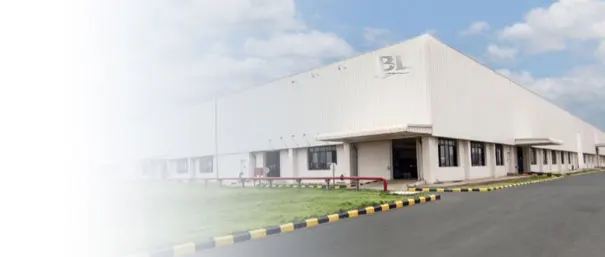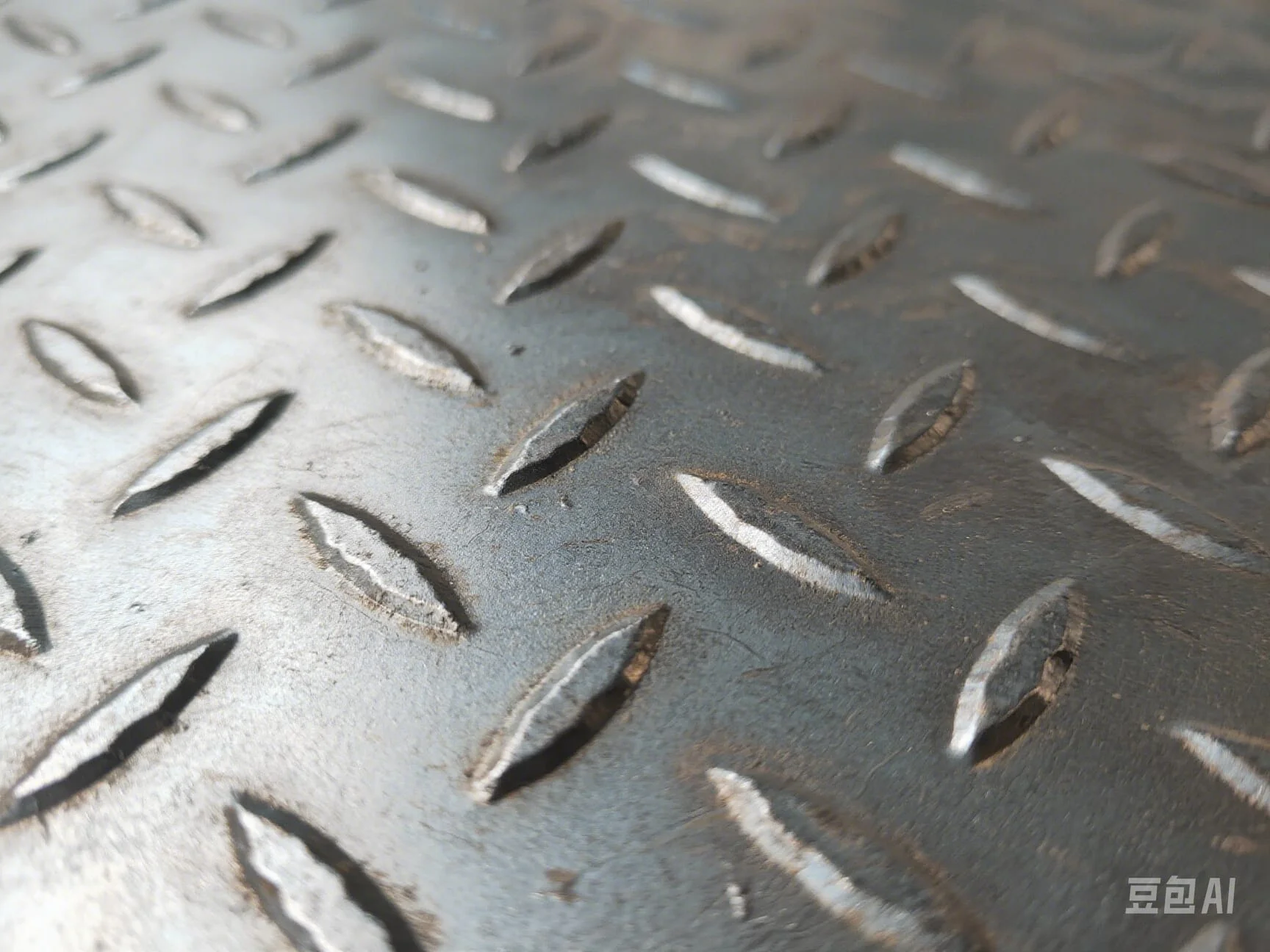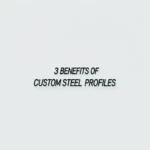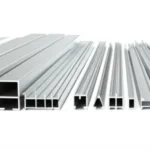While both 1018 steel and A36 steel are popular, low-carbon steels widely used in various applications, they have distinct differences stemming from their specifications, chemical compositions, and guaranteed mechanical properties. Understanding these differences is crucial for selecting the right material for a specific job.


Basis of Specification:
- A36 Steel: Defined by ASTM International standard A36/A36M. This standard primarily specifies mechanical properties (like minimum yield strength and tensile strength) and weldability for structural steel shapes, plates, and bars used in bolted, welded, or riveted construction (e.g., buildings, bridges). Its chemical composition can vary somewhat as long as the mechanical properties are met.
- 1018 Steel: Defined by SAE-AISI standards based primarily on its chemical composition. It falls within the 10xx series of plain carbon steels, where ’10’ indicates plain carbon and ’18’ indicates approximately 0.18% nominal carbon content (typically ranging 0.15%-0.20%). Its mechanical properties are typical results of this composition but are not the primary defining factor in the standard itself, though manufacturers often provide typical or minimum values.
Key Differences Summarized:
| Feature | 1018 Steel | A36 Steel |
|---|---|---|
| Primary Specification Basis | Chemical Composition (SAE/AISI) | Mechanical Properties (ASTM A36) |
| Typical Carbon Content (%) | 0.15 – 0.20 | Up to 0.25-0.29 (depends on thickness/product) – Can vary if mechanicals met. |
| Yield Strength (Minimum) | Typically ~370 MPa (54,000 psi) for cold drawn. Hot rolled is lower, often not guaranteed minimum in standard. | Guaranteed Minimum: 250 MPa (36,000 psi) for plates/shapes ≤ 8 in thick. |
| Tensile Strength | Typically ~440 MPa (64,000 psi) for cold drawn. | Guaranteed Range: 400–550 MPa (58,000–80,000 psi). |
| Form/Availability | Often available as cold-drawn bars (rounds, squares, hexes) providing better surface finish and dimensional accuracy. Also hot rolled. | Primarily available as hot-rolled structural shapes (beams, angles, channels), plates, and bars. |
| Machinability | Generally considered superior due to lower carbon and manganese content, especially in cold-drawn form. Good for case hardening. | Good, but potentially slightly less consistent or slightly harder to machine than 1018 due to potential composition variations. |
| Weldability | Excellent due to low carbon content. | Excellent; the standard ensures good weldability for structural applications. |
| Typical Applications | Machined parts (shafts, pins, spindles, fixtures), components requiring good formability and weldability, parts for case hardening. | Structural applications (buildings, bridges, base plates, frames), general fabrication, checker plates. |
In essence:
- Choose A36 when you need guaranteed minimum strength and weldability for structural purposes, typically in hot-rolled forms like plates and shapes.
- Choose 1018 when you need good machinability, formability, weldability, and suitability for case hardening, often for machined components, especially if a better surface finish and tighter tolerances (cold drawn) are desired. While strong, its minimum strength isn’t guaranteed in the same way as A36.
While there can be overlap in their properties, especially comparing hot-rolled versions, the governing standards and typical forms lead them to different primary application areas. A36 steel is the workhorse for construction, while 1018 is often preferred for manufacturing precision parts.
Key Specifications
- Standards and grades
- Dimensions and tolerances
- Surface finish
- Certificates (MTC)
Applications
Construction, machinery, energy and general fabrication — match material and finish to the operating environment.





